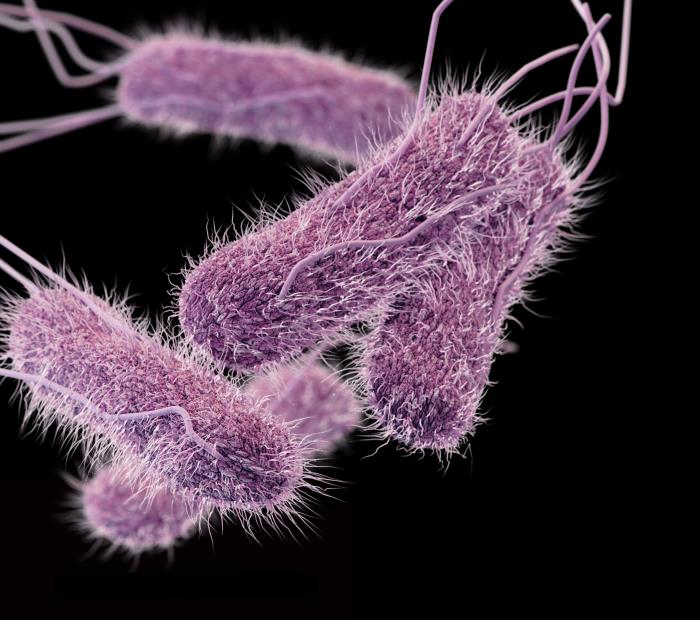In a follow-up on a report from August concerning an extensively drug-resistant (XDR) typhoid outbreak in Pakistan, the World Health Organization (WHO) reported today that health officials say the outbreak that began in Nov. 2016 has now grown to more than 5,200 XDR cases in Sindh province.

Health authorities report that approximately seven out of 10, or 3,658 cases were reported in Karachi, with the remainder reported in Hyderabad and other districts.
WHO reports that the circulating XDR strain of S. Typhi haplotype 58 was resistant to first and second-line antibiotics as well as third generation cephalosporins.
Outbreaks of multi-drug resistant (MDR) typhoid and sporadic cases of infection with ceftriaxone-resistant S. Typhi have been reported in several countries. However, this is the first time a large outbreak caused by XDR S. Typhi has been observed in Pakistan.
In addition, six cases of XDR typhoid have been reported in people believed to have traveled to Pakistan, including the US and the UK.
Drug-resistance typhoid: Genetic cause found
The risk of XDR S. Typhi at the national level is considered high in Pakistan due to insufficient water, poor sanitation and hygiene (WASH) practices, low vaccination coverage and limited surveillance for typhoid fever.
Typhoid antimicrobial resistance: ‘We are approaching a crisis’
Pakistani health officials initiated a public health response in Sindh province in early 2017, which included safe hygiene and sanitation practices awareness campaigns, water purification and typhoid vaccination campaigns.
Typhoid fever, caused by the bacterium Salmonella typhi, is a life-threatening bacterial infection. Typhoid fever is still common in the developing world, where it affects about 21 million people annually.
Salmonella typhi lives only in humans. Persons with typhoid fever carry the bacteria in their bloodstream and intestinal tract. In addition, a small number of persons, called carriers, recover from typhoid fever but continue to carry the bacteria. Both ill persons and carriers shed S.typhi in their feces.
You can get typhoid fever if you eat food or drink beverages that have been handled by a person who is shedding S. typhi or if sewage contaminated with S. typhi bacteria gets into the water you use for drinking or washing food. Therefore, typhoid fever is more common in areas of the world where handwashing is less frequent and water is likely to be contaminated with sewage.
Typhoid fever can be successfully treated with appropriate antibiotics, and persons given antibiotics usually begin to feel better within 2 to 3 days.
Related:
- Senegal declares end of dengue epidemic
- Madagascar measles outbreak grows, 2/3 of cases from Analamanga region
- Michigan: Legionella found at Hastings hospital
- California reports increase in congenital syphilis for 5th straight year
- New Caledonia reports rise in dengue fever
- Six disease combo vaccine, VAXELIS, receives FDA nod
- Brisbane: Measles alert issued


One thought on “Pakistan drug resistant typhoid outbreak tops 5,000: WHO”